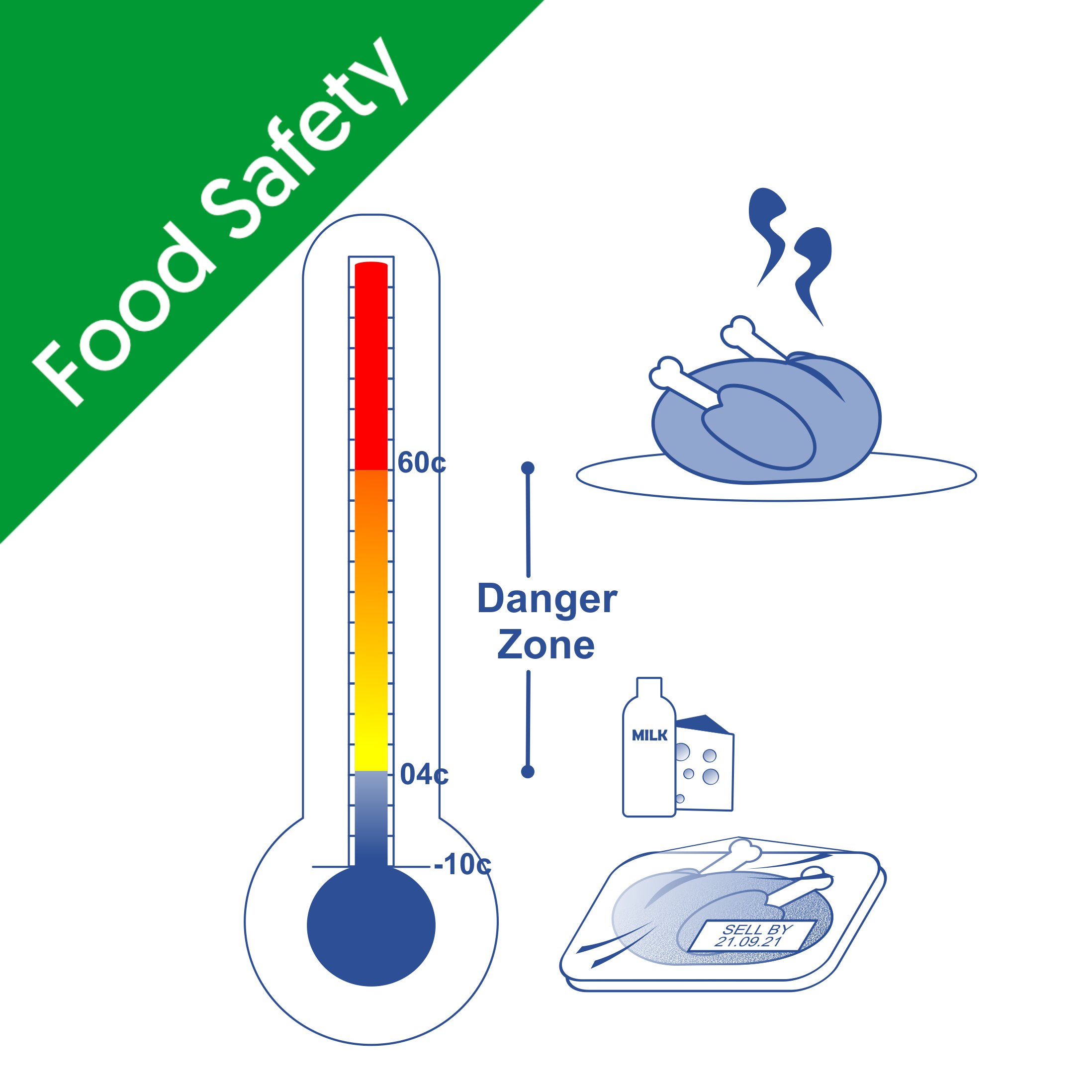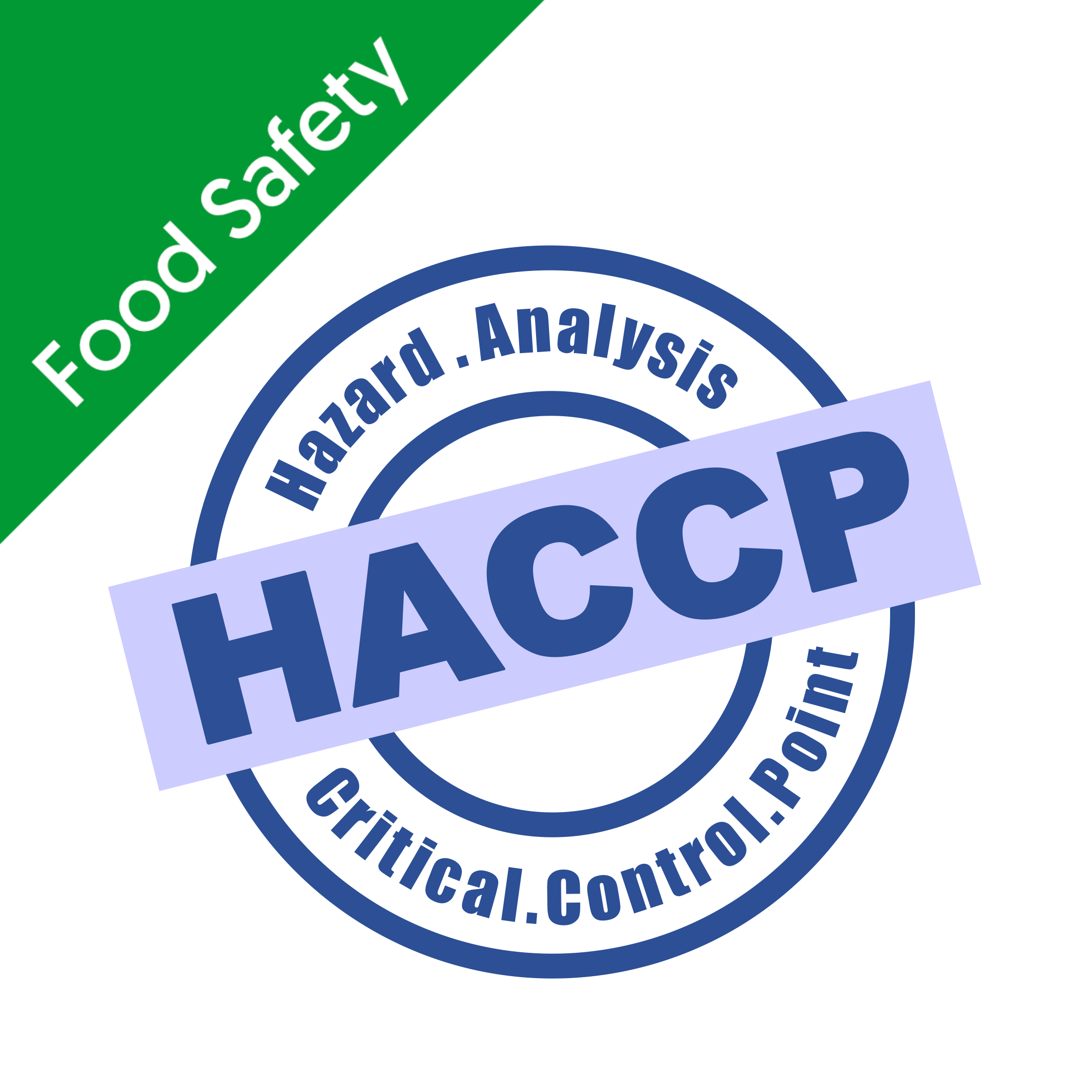In the UK, approximately 1-2% of adults and 5-8% of children have a food allergy, many of whom will suffer from a very serious and potentially fatal reaction if they come in contact with certain foods. This means that food allergy is a very important consideration if you run or work for a food business.
To ensure that food allergy is being taken seriously, the Food Information Regulations 2014 place several legal requirements on food businesses regarding the information they provide to their customers and how they do so.
Learn more in our complete food safety overview.
The 14 allergens
The law identifies 14 allergens that a customer must be made aware of if they are used in a dish or product. These allergens are:
- Celery.
- Cereals containing gluten (such as wheat, barley and oats).
- Crustaceans (including crabs, lobster, prawns and scampi).
- Eggs.
- Fish.
- Lupin.
- Milk.
- Molluscs (such as mussels, squid and whelks).
- Mustard.
- Nuts (including almonds, hazelnuts, walnuts, cashews, pecan nuts and pistachio nuts).
- Peanuts.
- Sesame seeds.
- Soya.
- Sulphur dioxide.
This also applies to any additional substances present in the food you produce, such as additives and processing aids.
Allergen information can be provided to your customers in several ways. The method that you choose will depend on the nature of your food business and the type of food that you serve.
Food allergen labelling requirements: prepacked foods
If a food item is placed into packaging before it is sold, it is considered to be a prepacked food. This means that the packaging must feature a full list of ingredients and any of the 14 allergens that are present in this list must be highlighted every time they appear.
Food allergen labelling requirements: non-prepacked (loose) foods
The term ‘non-prepacked foods’ covers all foods that are sold without packaging. This includes food sold loose in retail stores, meals served in a restaurant or takeaway and items sold at bakeries and butchers.
Information about the allergens present in these items should be listed clearly in a prominent place, such as on a menu or board. It can be provided orally or on a separate information sheet but, if this is the case, you are required to signpost the customer to where they can obtain this information. This is especially important because it places some of the responsibility on the customer to ask for information and inform the business of their dietary requirements.
Natasha’s Law
As of October 2021, all foods that are prepacked for direct sale (packed on the same premises on which it is being sold) must feature a full ingredients list with the 14 allergens highlighted. This requirement is enforced by a piece of legislation is known as ‘Natasha’s Law,’ named after teenager Natasha Ednan-Laperouse who suffered a fatal allergic reaction to a baguette from Pret a Manger that, unbeknownst to her, contained sesame seeds.
Prior to this legislation, food that was prepacked for direct sale did not need to be labelled with allergen information. Instead, it could be provided in the same way as it is for non-prepacked foods, as detailed above.
Natasha’s Law is an important piece of legislation that will help those who have a food allergy to more easily identify products that feature allergens and make safer food choices.
Providing accurate information
The consequences of providing incorrect allergen information to a customer can be severe, so it is important to ensure that staff are adequately trained and that any allergen information they require is readily available to them and up-to-date.
There are several ways in which you can provide allergen information for your staff. One such way is to use an allergen chart, which lists the food that your business provides and the allergen content present in each of them. This, if displayed prominently, can be referred to easily by staff in order to ensure that the information they are providing to customers is accurate and clear. We have created an example allergen chart that you can use, which can be accessed at the link below:
Download our example allergen chart
For further information on allergens and good food safety, consider taking one of our training courses on food allergy awareness:







